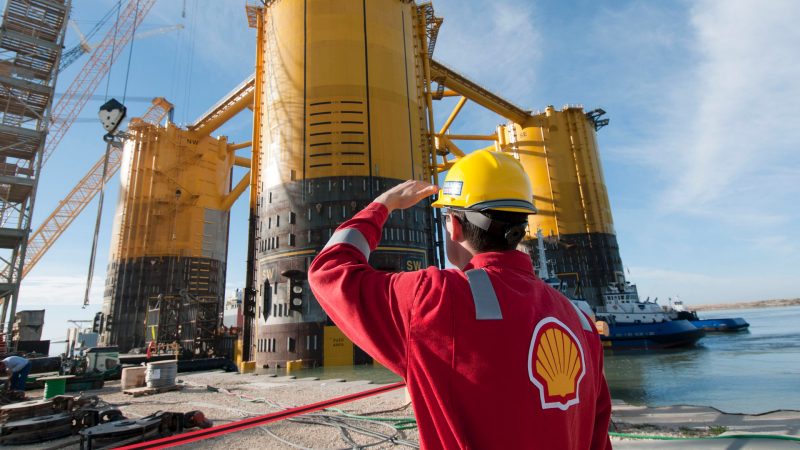
CALGARY – Shell Canada says the first carbon capture project in the oilsands has successfully stored one million tonnes of carbon dioxide deep underground after a year of operation.
The company, which developed the $1.35-billion Quest project with the help of $745 million from the Alberta government and $120 million from Ottawa, says the project is operating ahead of schedule and under budget.
“There isn’t a metric that hasn’t finished very strongly in green,” said Zoe Yujnovich, executive vice-president for heavy oil at Shell.
“I don’t think we can say that about many projects.”
The Quest project is designed to capture about a third of the emissions from Shell’s Scotford Upgrader near Fort Saskatchewan, Alta., turn that into a near-liquid, and then pump it over two kilometres underground into porous rock formations.
The development, and carbon capture operations in general, have been significantly criticized as high-cost, stop-gap measures that rely heavily on government funding.
But Yujnovich says the technology provides an important bridge as part of a long-term transition towards renewable energy.
“The question for all of us is to say in the meantime, with the demand that still exists for oil products, ‘How do we go about being as efficient as possible at extracting the oil from the ground?'” she said.
“I think the use of something like carbon sequestration, and the ongoing operational improvements that we’re constantly committed to, are a part of us navigating across that bridge.”
As for building carbon capture projects without government support, she says that would be largely reliant on higher carbon prices and more options to sell the carbon captured.
Tim Wiwchar, who managed development of the Quest project, says that thanks to operational and cost improvements, carbon capture projects can be self-sustaining with a carbon price of less than $100 a tonne of carbon.
He said if the Quest project were to be built again today, he expects it would cost 20 to 30 per cent less to construct and operate.
As part of the government funding requirements, Shell and its partners have made the designs and lessons learned from the project publicly available, which it estimates could save $100 million on engineering.
Shell is also working to improve the environmental process of the sequestration itself, which Wiwchar said emitted somewhere between 120,000 and 150,000 tonnes of CO2 while capturing the million tonnes.
Improving the metrics of carbon capturing is important because government appetite to fund the projects is waning. The Alberta NDP says it will honour funding commitments on Quest and the Alberta Carbon Trunk Line, the other major carbon capture project in the province, but has no plans to fund any future ones.
Saskatchewan’s government has also faced criticism for the provincial utility’s $1.5-billion Boundary Dam carbon capture project at a coal-fired power plant. Reliability concerns arose after it had captured far less CO2 than planned in early operations, helping drive increases in power prices.
The U.K. also cut funding to a billion pound carbon capture bidding process last year, though a government-appointed advisory group recently recommended that the government revisit carbon capture to save consumers billions in future costs associated with meeting climate change targets.
If the economics of the projects can be improved, Wiwchar says there’s no lack of space to sequester the carbon in Western Canada thanks to the size of the porous rock formation beneath the Prairies.
He said Shell only expects to fill about five to seven per cent of its allotted 3,600 square kilometres over 25 years of operations.
“You could do another 20 Quests for the next 25 years just to fill up that zone, and this Basal Cambrian Sands goes all the way from northwest Alberta into Saskatchewan and even touching Manitoba,” Wiwchar said.
Follow @ibickis on Twitter.